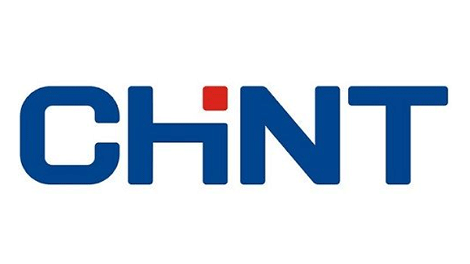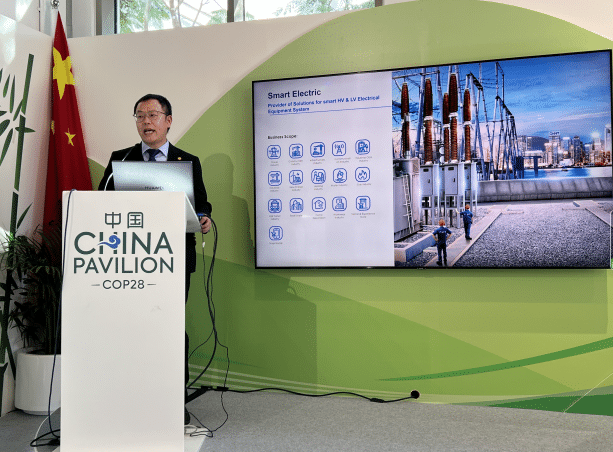CHINT – CHINT Global 2023 Highlights Review: Achieving Together
Amid challenges, CHINT Global thrived this past year, constantly innovating and achieving notable successes.
With unwavering optimism, we ventured into new areas, garnering significant accolades. Let’s revisit the remarkable year of 2023 and review CHINT Global’s 2023 highlights!
1. Innovative Product
Together, we continue to make efforts in new products and new areas, focusing on market demand, aggregating the advantages of the entire industry chain, and constantly adding innovative and intelligent connotations to our products.
Wi-Sun AMI Solution
Enhanced efficiency and accuracy in meter reading through its innovative AMI technology, reducing operational costs and human error.
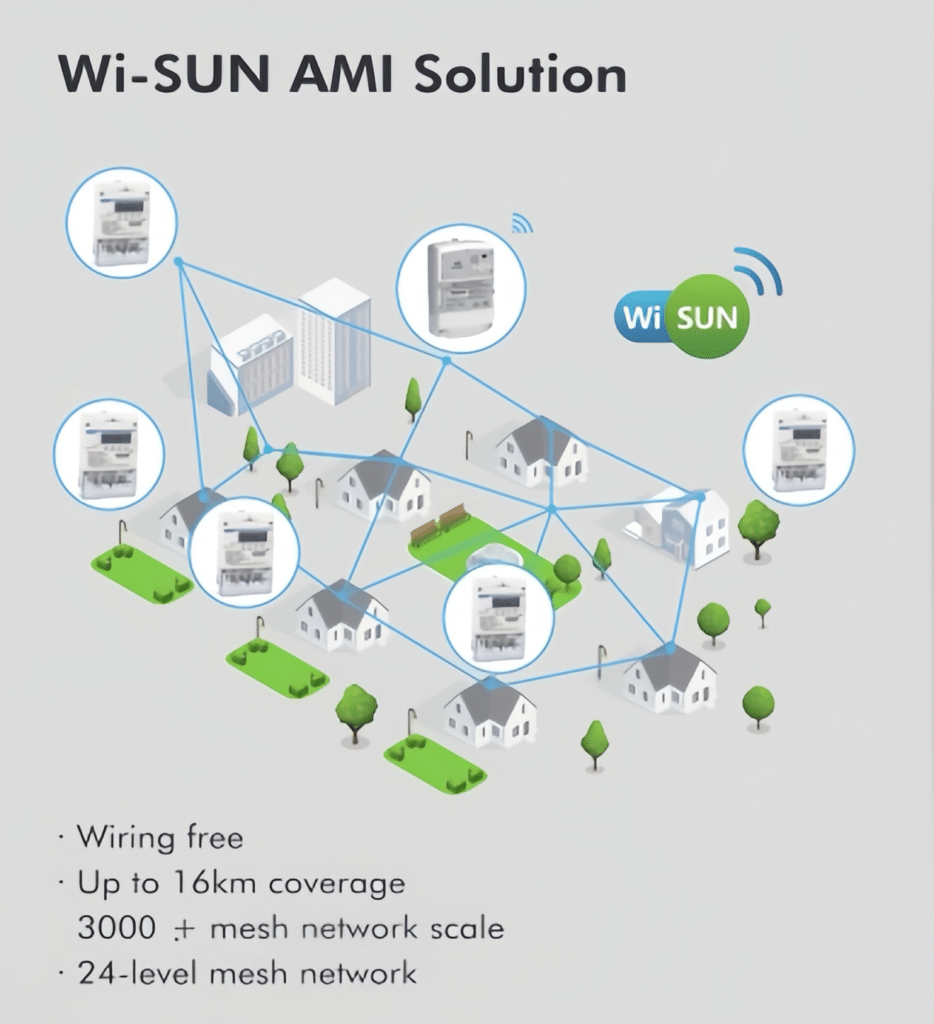
CHINT Mobile Substations
Provide crucial support for “Power grid companies”, utilities, and industries in need of interim grid connections and temporary power supplies.

Power Quality Management
A customizable, multi-dimensional approach to energy management, catering to grid-side, user-side, and specific needs.

Intelligent and Low-carbon Smart Lighting
A solar-powered lighting system with features like cameras, public address systems, EV charging, and drone hubs.

CHINT Portable Energy Storage Power Supply
A reliable electricity source for any location with up to 10 protective features, ensuring exceptional durability and safety.

2. Business Breakthrough
With high-quality solutions and attentive services, CHINT has delivered 583 projects in 87 countries and regions, achieving a dual breakthrough in business efficiency and brand influence.
The Mexican oil and gas project was successfully delivered, and CHINT has successfully joined the ‘Local Suppliers Club’
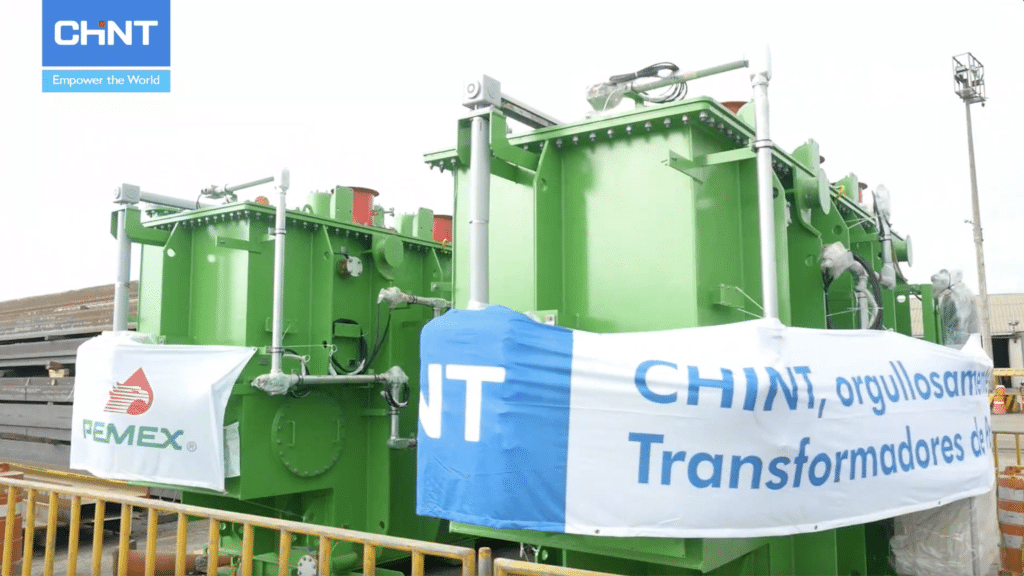
CHINT aided in building a geothermal power station next to a volcano, the Kenyan SOSIAN Geothermal Power Station

CHINT created another ‘turnkey project’, with the successful grid connection of the second phase photovoltaic project for a well-known commercial group in Ecuador

CHINT successively wins transformer project orders in Greece and establishes connections with numerous top-tier clients in Europe.
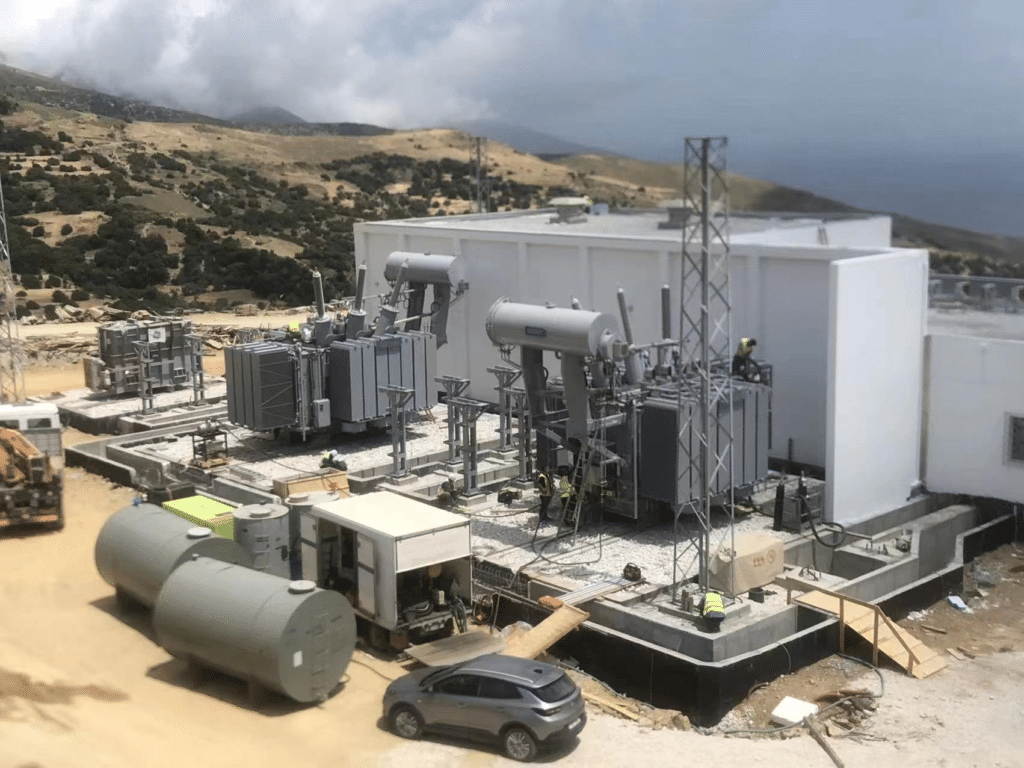
3.Talent Cultivation
CHINT places immense emphasis on developing talent. We pride ourselves on being a home for talented individuals who are excited about the future and passionate about creating positive change.
We promote talent strategy, social responsibility and other measures and practices. Assessed and selected by international authoritative organizations, we are awarded “China Top Employer 2024.”

4. Connect with Customers
Together, we jointly held 223 customer exchange events and participated in 126 international exhibitions.
At CHINT 2023 Global Development Summit and the 10th International Marketing Forum, we created a refreshing and extraordinary journey for our customers and explore low-carbon possibilities to contribute to the realization of a new dual-carbon pattern.
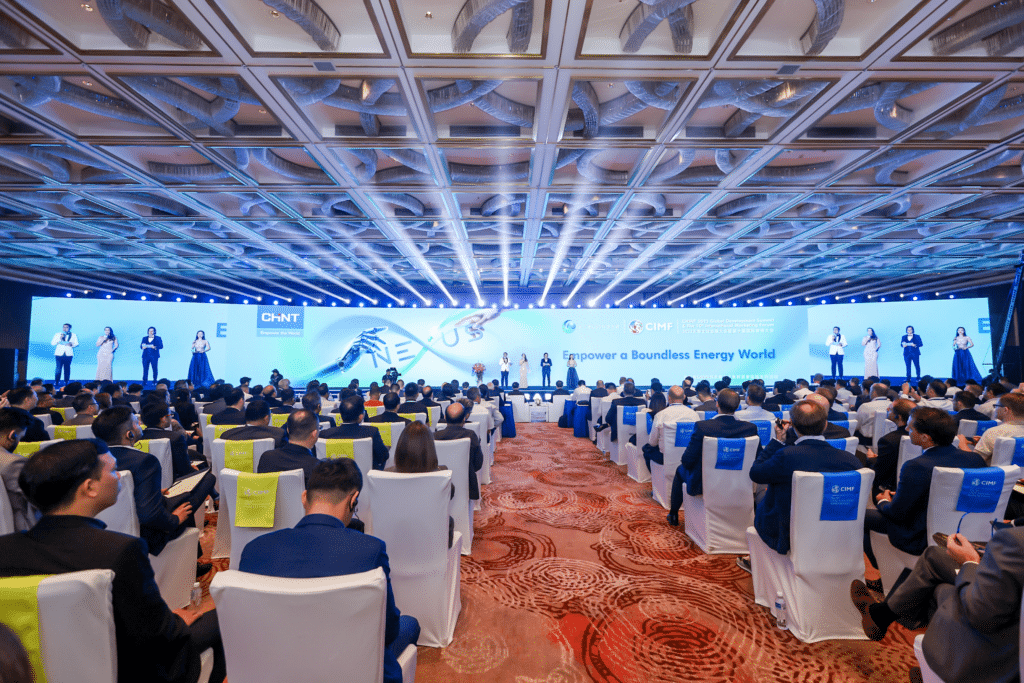
In Ghana, we and our partners initiated the CEWP National Tour 2023

CHINT Shines at Brazil InterSolar 2023

CHINT appeared at the German InterSolar-Power2Drive Exhibition

CHINT participated in the 25th African Energy Forum (AEF) in Kenya
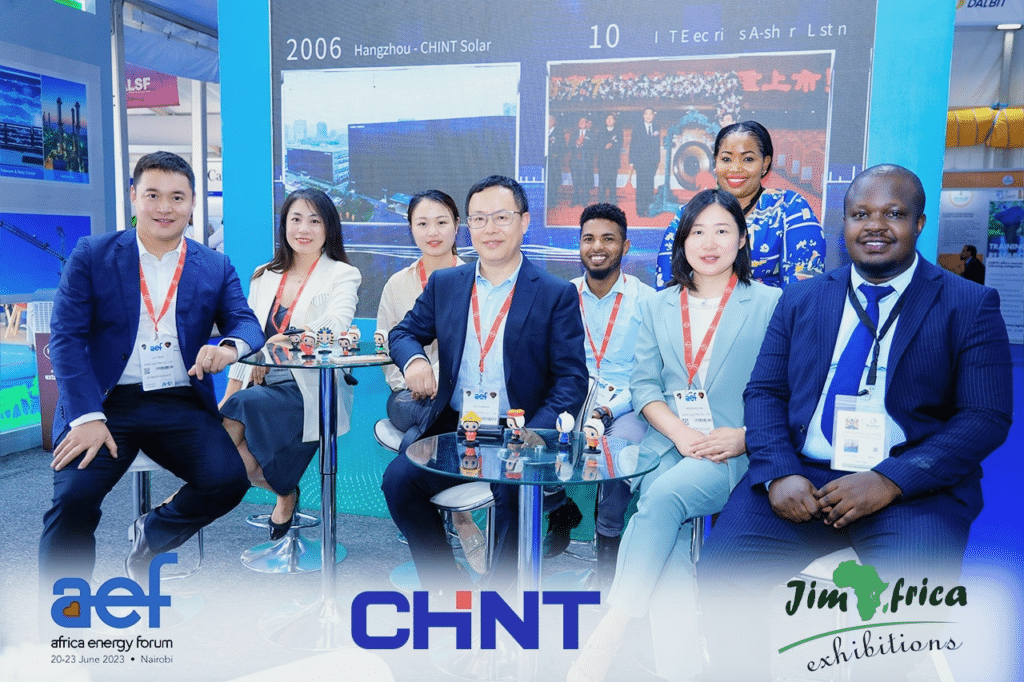
CHINT appeared at the 48th Middle East Energy Exhibition (MEE)
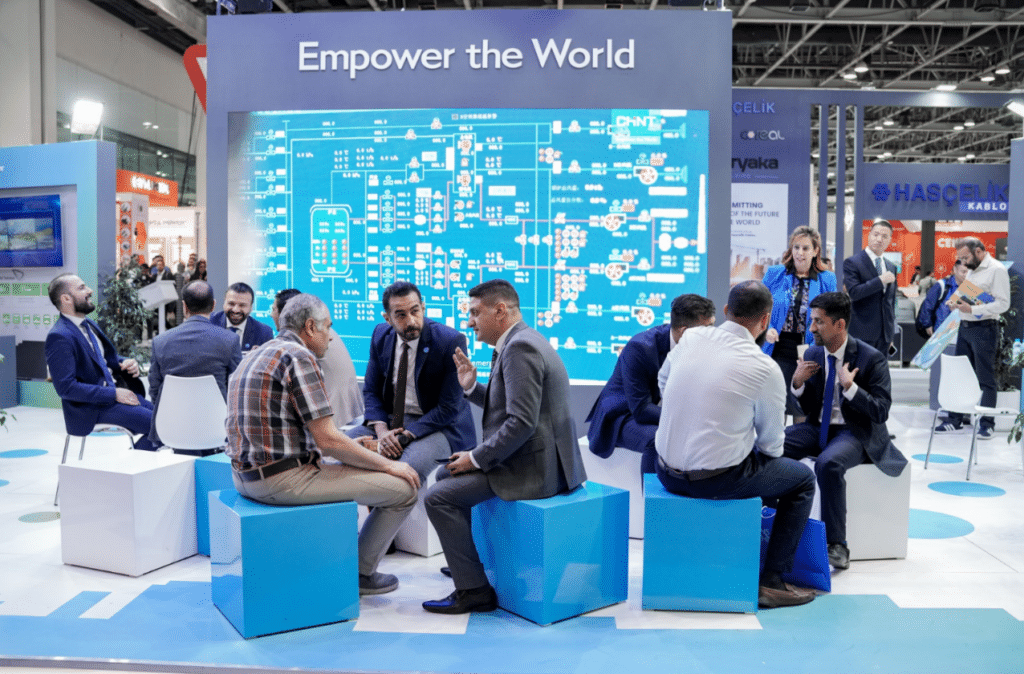
CHINT at IIEE 2023 Philippines

5. Global Layout
Up to now, there are a total of 25+ subsidiaries, 21 overseas warehouses, 6 factories globally, with the employee count reaching 450 million.
CHINT Intelligent Electrical Lab Center Opens

CHINT’s Dutch subsidiary opens, and the regional warehouse is completed
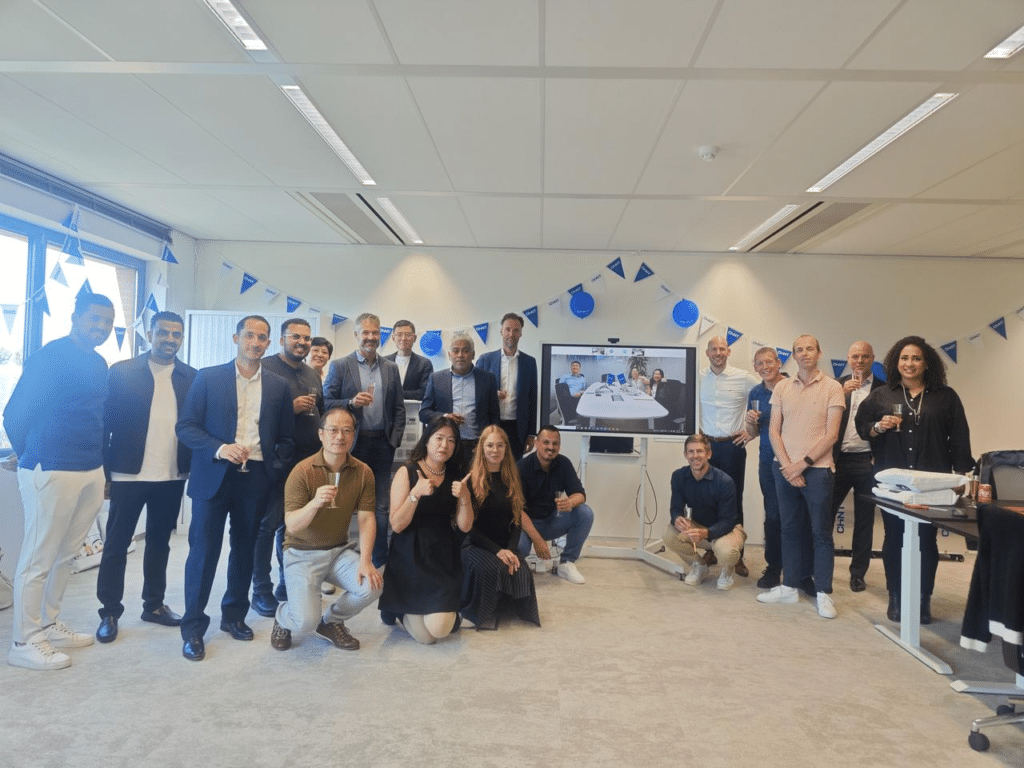
CHINT’s Nigerian Warehouse Opens

CHINT Ecuador’s cutting-edge low-voltage overseas warehouse
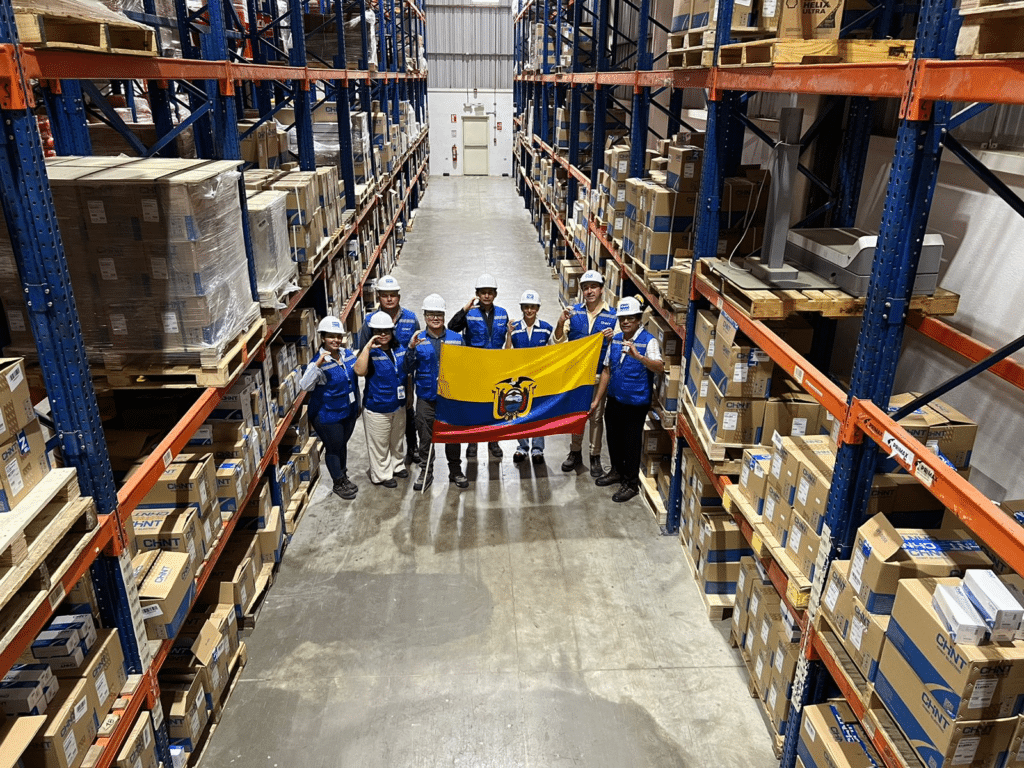
6. Branding Upgrade
Together, making the CHINT brand shine globally.
CHINT Limitless Cool Season II – Super Brand Season, Coolly Upgraded
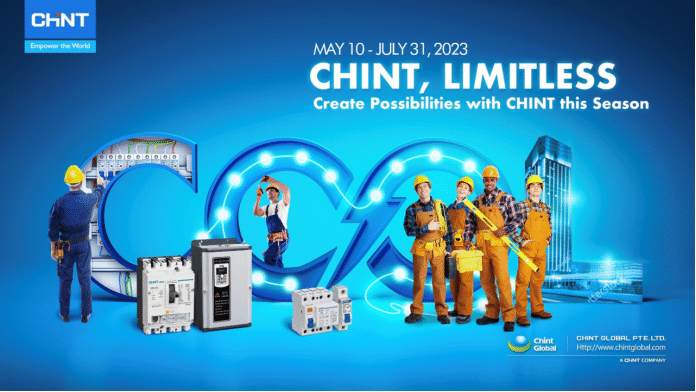
Turning waste into treasure, CHINT has its own steel warrior – CHINTMAN
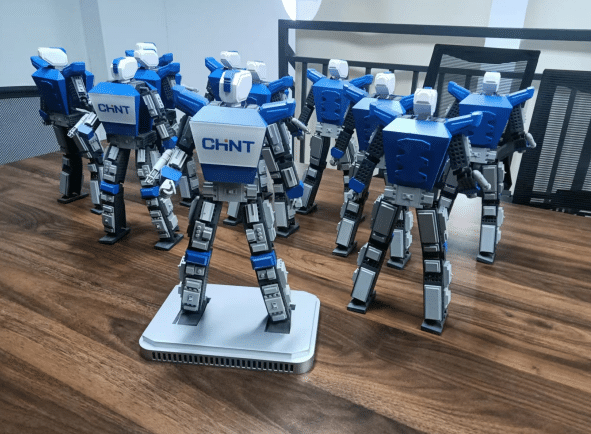
CHINT Transformer Earns Intertek ‘Satellite Program’ Lab Accreditation

7. ESG Promotion
As a pioneer, explorer, and practitioner of ESG, CHINT has built new advantages for the development of zero-carbon businesses through transformative innovation in the past year, and has achieved remarkable results in creating a new vision for green development.
Join the “Fast Forward” project of the United Nations Global Compact to accelerate the achievement of the Sustainable Development Goals

Awarded “2023 Forbes China ESG Innovative Enterprise” to join hands to build an ESG ecosystem

COP28, CHINT joins hands with the world to build a sustainable future
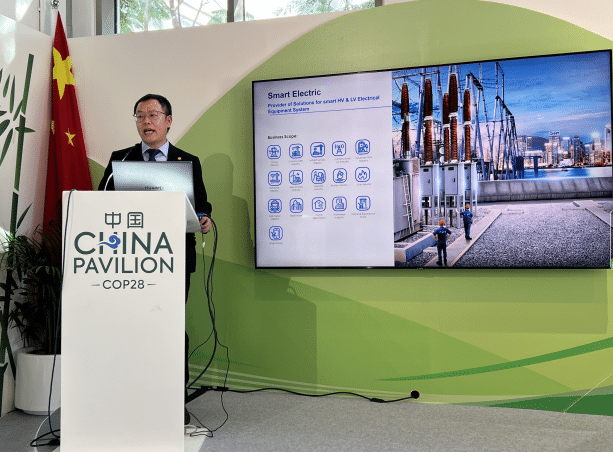
We here issue a zero-carbon declaration:
- Start the zero carbon journey with a new strategic positioning
- 2028: Carbon neutrality (including carbon offsets)
- 2035: Achieve net zero carbon emissions in operations
- 2050: Achieving net zero carbon emissions across the entire chain
Facing future’s dance, we stand prepared,
Innovative, insightful, never scared.
New ventures call, we’ll answer true,
Excellence for all, in all we do.
Together strong, our goals in sight,
Let’s build a tomorrow, ever bright.
SourceCHINT Global
EMR Analysis
More information on CHINT: See the full profile on EMR Executive Services
More information on Nan Cunhui (Chairman, Zhengtai Group + Chairman, CHINT Group): See the full profile on EMR Executive Services
More information on Lily Zhang (Executive President, CHINT Electric + President and Chief Executive Officer, CHINT Global): See the full profile on EMR Executive Services
More information on Wi-SUN Alliance: https://wi-sun.org/ + Wi‑SUN Alliance® is a global industry association devoted to seamless connectivity.
Together we seek to promote certified standards that coordinate various wireless systems and standardize power levels, data rates, modulations, and frequency bands, among other variables. Through technology development, market building, and regulatory programs, Wi-SUN Alliance is committed to supporting the worldwide development of Wireless Communications Networks for Utilities, Smart Cities and IoT.
Wi-SUN Interoperability:
Wi-SUN is the first and only group contributing to key standards and developing testing programs to verify that a company’s equipment not only complies with IEEE 802.15.4g, a wireless standard specification for Smart Utility Networks, but is interoperable with equipment from other vendors intended for use in the same applications.
Wi-SUN Certified™:
The Wi-SUN CERTIFIED™ program, launched in early 2013, provides an official designation of interoperability and a quality experience for both suppliers and consumers. As part of this program, Wi-SUN develops Conformance and Interoperability Test specifications, which incorporate “Certified Test Bed Units (CTBUs)” for interoperability testing.
More information on Top Employers Institute: https://www.top-employers.com/en/ + Top Employers Institute is the global authority on recognising excellence in people practices.
A certification programme that enables organisations to assess and improve the workplace environment
Top Employers Institute has certified over 2 300 organisations in 121 countries/regions. These certified Top Employers positively impact the lives of 12 million employees globally.
More information on David Plink (Chief Executive Officer, Top Employers Institute): https://www.top-employers.com/en/insights/culture/for-a-better-world-of-work-featuring-ceo-david-plink/ + https://www.linkedin.com/in/davidplink/
More information on the United Nations: https://www.un.org/ + Peace, dignity and equality on a healthy planet.
The United Nations is an international organization founded in 1945. Currently made up of 193 Member States, the UN and its work are guided by the purposes and principles contained in its founding Charter.
The UN has evolved over the years to keep pace with a rapidly changing world.
But one thing has stayed the same: it remains the one place on Earth where all the world’s nations can gather together, discuss common problems, and find shared solutions that benefit all of humanity.
The main parts of the UN structure are the General Assembly, the
Security Council, the Economic and Social Council, the Trusteeship Council, the International Court of Justice, and the UN Secretariat. All were established in 1945 when the UN was founded.
More information on António Guterres (Secretary-General, United Nations): https://www.un.org/sg/en/content/sg/biography
More information on the United Nations Sustainable Development Goals (SDG):
- United Nations Global Compact (UNGC): https://www.unglobalcompact.org + The world’s largest corporate sustainability initiative: a call to companies to align strategies in operations with universal principles on human rights, labour, environment and anti corruption, and take actions that advance societal goals.
- At the UN Global Compact, we aim to mobilize a global movement of sustainable companies and stakeholders to create the world we want. That’s our vision.
- To make this happen, the UN Global Compact supports companies to:
- Do business responsibly by aligning their strategies and operations with Ten Principles on human rights, labour, environment and anti-corruption; and
- Take strategic actions to advance broader societal goals, such as the UN Sustainable Development Goals, with an emphasis on collaboration and innovation.
- To make this happen, the UN Global Compact supports companies to:
- United Nations Global Compact 10 Principles:
- Human Rights
- Principle 1: Businesses should support and respect the protection of internationally proclaimed human rights; and
- Principle 2: make sure that they are not complicit in human rights abuses.
- Labour
- Principle 3: Businesses should uphold the freedom of association and the effective recognition of the right to collective bargaining;
- Principle 4: the elimination of all forms of forced and compulsory labour;
- Principle 5: the effective abolition of child labour; and
- Principle 6: the elimination of discrimination in respect of employment and occupation.
- Environment
- Principle 7: Businesses should support a precautionary approach to environmental challenges;
- Principle 8: undertake initiatives to promote greater environmental responsibility; and
- Principle 9: encourage the development and diffusion of environmentally friendly technologies.
- Anti-Corruption
- Principle 10: Businesses should work against corruption in all its forms, including extortion and bribery.
- Human Rights
- The 17 SDGS (Sustainable Development Goals) by 2030:
- Detailed explanation of each of the 17 SDGS: https://www.unglobalcompact.org/sdgs/17-global-goals

More information on Sanda Ojiambo (UN Assistant Secretary-General and CEO of the UN Global Compact, United Nations): https://www.un.org/sg/en/content/profiles/sanda-ojiambo + https://unglobalcompact.org/about/governance/asg-ceo + https://www.linkedin.com/in/sandaojiambo/
More information on Forbes: https://www.forbes.com/?sh=58f14dd12254 + Forbes Media is a global media, branding and technology company, with a focus on news and information about business, investing, technology, entrepreneurship, leadership and affluent lifestyles. The company publishes Forbes, Forbes Asia, and Forbes Europe magazines as well as Forbes.com. The Forbes brand today reaches more than 94 million people worldwide with its business message each month through its magazines and 37 licensed local editions around the globe, Forbes.com, TV, conferences, research, social and mobile platforms. Forbes Media’s brand extensions include conferences, real estate, education, financial services, and technology license agreements.
More information on Michael Federle (Chief Executive Officer, Forbes): https://www.linkedin.com/in/michaelfederle/
More information on Net Zero by 2050 by the United Nations: https://www.un.org/en/climatechange/net-zero-coalition + Put simply, net zero means cutting greenhouse gas emissions to as close to zero as possible, with any remaining emissions re-absorbed from the atmosphere, by oceans and forests for instance.
Currently, the Earth is already about 1.1°C warmer than it was in the late 1800s, and emissions continue to rise. To keep global warming to no more than 1.5°C – as called for in the Paris Agreement – emissions need to be reduced by 45% by 2030 and reach net zero by 2050.
More than 140 countries, including the biggest polluters – China, the United States, India and the European Union – have set a net-zero target, covering about 88% of global emissions. More than 9,000 companies, over 1000 cities, more than 1000 educational institutions, and over 600 financial institutions have joined the Race to Zero, pledging to take rigorous, immediate action to halve global emissions by 2030.
EMR Additional Notes:
- Grid, Microgrids and DERs:
- The power grid is a network for delivering electricity to consumers. The power grid includes generator stations, transmission lines and towers, and individual consumer distribution lines.
- The grid constantly balances the supply and demand for the energy that powers everything from industry to household appliances.
- Electric grids perform three major functions: power generation, transmission, and distribution.
- A microgrid is a small-scale power grid that can operate independently or collaboratively with other small power grids. The practice of using microgrids is known as distributed, dispersed, decentralized, district or embedded energy production.
- Smart Grid is any electrical grid + IT at all levels . Micro Grid is a group of interconnected loads and DERs (Distributed energy resources) within a clearly defined electrical and geographical boundaries witch acts as a single controllable entity with respect to the main grid.
- Distributed energy resources (DERs) are small-scale electricity supply (typically in the range of 3 kW to 50 MW) or demand resources that are interconnected to the electric grid. They are power generation resources and are usually located close to load centers, and can be used individually or in aggregate to provide value to the grid.
- Common examples of DERs include rooftop solar PV units, natural gas turbines, microturbines, wind turbines, biomass generators, fuel cells, tri-generation units, battery storage, electric vehicles (EV) and EV chargers, and demand response applications.
- Distributed energy resources management systems (DERMS) are platforms which helps mostly distribution system operators (DSO) manage their grids that are mainly based on distributed energy resources (DER).
- DERMS are used by utilities and other energy companies to aggregate a large energy load for participation in the demand response market. DERMS can be defined in many ways, depending on the use case and underlying energy asset.
- Carbon Dioxide (CO2):
- Primary greenhouse gas emitted through human activities. Carbon dioxide enters the atmosphere through burning fossil fuels (coal, natural gas, and oil), solid waste, trees and other biological materials, and also as a result of certain chemical reactions (e.g., manufacture of cement). Carbon dioxide is removed from the atmosphere (or “sequestered”) when it is absorbed by plants as part of the biological carbon cycle.
- Biogenic Carbon Dioxide (CO2):
- Carbon Dioxide released as a result of the combustion or decomposition of organic material, that is biomass and its derivatives. Examples include carbon dioxide released during the combustion of wood and biogas generated by decomposition.
- Biogenic Carbon Dioxide (CO2) and Carbon Dioxide (CO2) are the same. Scientists differentiate between biogenic carbon (that which is absorbed, stored and emitted by organic matter like soil, trees, plants and grasses) and non-biogenic carbon (that found in all other sources, most notably in fossil fuels like oil, coal and gas).
- Carbon Capture and Storage (CCS):
- CCS involves the capture of carbon dioxide (CO2) emissions from industrial processes, such as steel and cement production, or from the burning of fossil fuels in power generation. This carbon is then transported from where it was produced, via ship or in a pipeline, and stored deep underground in geological formations.
- CCS projects typically target 90 percent efficiency, meaning that 90 percent of the carbon dioxide from the power plant will be captured and stored.
- Decarbonization:
- Reduction of carbon dioxide emissions through the use of low carbon power sources, achieving a lower output of greenhouse gasses into the atmosphere.
- Carbon Footprint:
- There is no universally agreed definition of what a carbon footprint is. A carbon footprint is generally understood to be the total amount of greenhouse gas (GHG) emissions that are directly or indirectly caused by an individual, organization, product, or service. These emissions are typically measured in tonnes of carbon dioxide equivalent (CO2e).
- In 2009, the Greenhouse Gas Protocol (GHG Protocol) published a standard for calculating and reporting corporate carbon footprints. This standard is widely accepted by businesses and other organizations around the world. The GHG Protocol defines a carbon footprint as “the total set of greenhouse gas emissions caused by an organization, directly and indirectly, through its own operations and the value chain.”
- ESG (Environmental, Social and Governance):
- Refers to the three key factors when measuring the sustainability and ethical impact of an investment in a business or company. Most socially responsible investors check companies out using ESG criteria to screen investments.
- ESG metrics are not commonly part of mandatory financial reporting, though companies are increasingly making disclosures in their annual report or in a standalone sustainability report.
- There is not a standardized approach to the calculation or presentation of different ESG metrics.
- Environmental: Conservation of the natural world
- Climate change and carbon emissions
- Air and water pollution
- Biodiversity
- Deforestation
- Energy efficiency
- Waste management
- Water scarcity
- …
- Social: Consideration of people & relationships
- Customer satisfaction
- Data protection and privacy
- Gender and diversity
- Employee engagement
- Community relations
- Human rights
- Labor standards
- …
- Governance: Standards for running a company
- Board composition
- Audit committee structure
- Bribery and corruption
- Executive compensation
- Lobbying
- Political contributions
- Whistleblower schemes
- …
- Environmental: Conservation of the natural world
- Criteria are of increasing interest to companies, their investors and other stakeholders. With growing concern about he ethical status of quoted companies, these standards are the central factors that measure the ethical impact and sustainability of investment in a company.
- Consequently, ESG analysis considers how companies serve society and how this impacts their current and future performance.
- CSR (Corporate Social Responsibility):
- Framework or business model that helps a company be socially accountable to itself, its stakeholders, and the public.
- The purpose of CSR is to give back to the community, take part in philanthropic causes, and provide positive social value. Businesses are increasingly turning to CSR to make a difference and build a positive brand around their company.
- CSR tends to target opinion formers – politicians, pressure groups, media. Sustainability targets here the whole value chain – from suppliers to operations to partners to end-consumers.
- CSR vs. ESG:
- CSR is a company’s framework of sustainability plans and responsible cultural influence, whereas ESG is the assessable outcome concerning a company’s overall sustainability performance.
- The major difference between them is that CSR is a business model used by individual companies, while ESG is a criteria that investors use to assess a company and determine if they are worth investing in.

